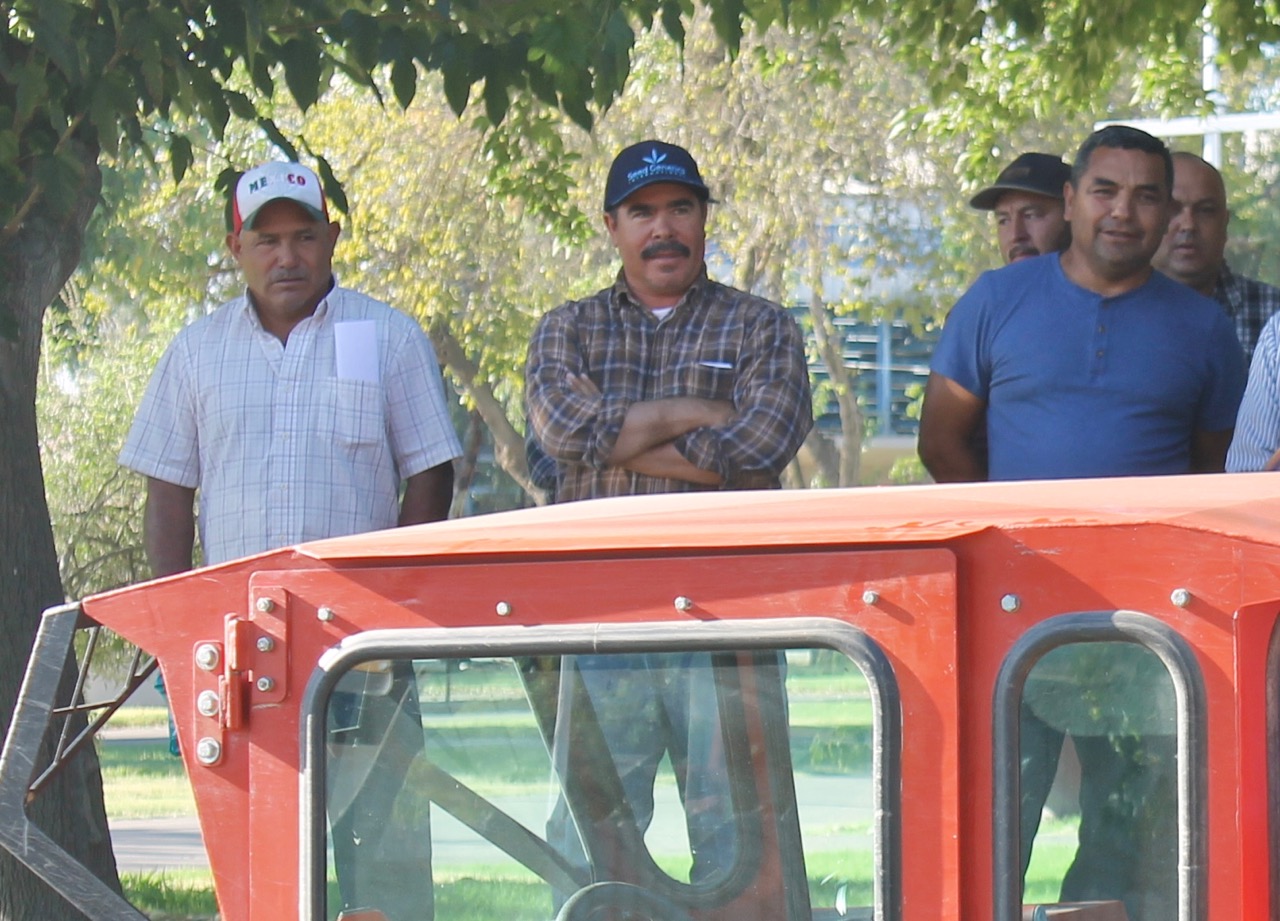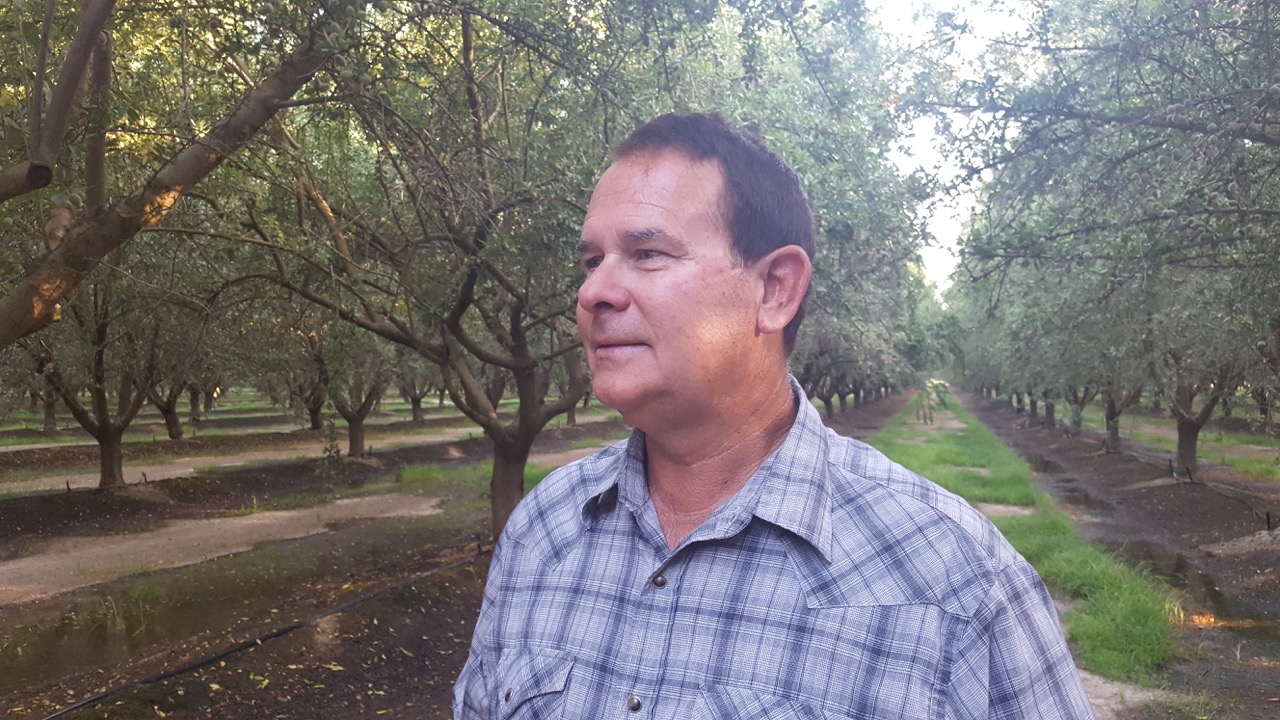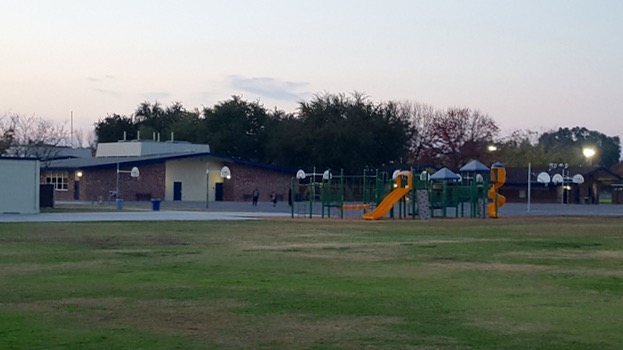Worker Safety
Seat Belts Important to Farm Worker Safety
Year-Round Nut Harvest Safety – Part 2
By Patrick Cavanaugh, Farm News Director
Safety should be top priority on farms, especially during harvest. Most farm accidents and fatalities involve machinery and a busy atmosphere like harvest creates many opportunities for injury. However, farm worker safety is important year round. Paul Williams, a senior loss prevention consultant with the State Compensation Insurance Fund, talked to California Ag Today about the topic.
“Some things like wearing seat belts is critical. All the new farm equipment has seat belts, and workers should be encouraged to wear the seat belts because if they are unfortunate enough to get rear ended, that seat belt’s going to keep them in the equipment. You’re not going to get ejected out onto the road,” Williams said.
“A lot of it’s just simple common sense, but the whole idea of doing these before harvest is to remind people, that they are getting ready to enter a busy time of the year. And fatigue is always a factor when you’re working six days a week, 10-12 hours a day. It’s just natural that you get tired, and when you’re tired, you don’t always think clearly,” he said.
“Worker reaction times are slower so we just want to remind people, about safe work practices to follow. And they are good to follow year-round,” Williams noted.
It’s also important to consider safety when riding from one area of the farm to another.
“If there is not a seat and a seat belt, then there should not be a rider. And it does not matter if it is a tractor or bin trailer or a tractor pulling irrigation pipe,” Williams said.
“We’re all basically lazy; none of us like to walk any further than we have to. We don’t see any harm in hitching a ride, but we have a number of fatalities and serious injuries on California farms every year. We have way too many accidents occur where people are passengers on bin trailers and harvest, whether it’s in the vineyards or in the orchards.
“People jumping on a bin trailer where a tractor driver up front may be making a sharp turn to get out of a row. A lot of times there can be pinch points and that’s where people get pinched between that part of the trailer or that bin that they can’t always see. It’s a very dangerous place to be because all it takes is one bump, one hole in the ground or a rough spot to cause someone to be bounced off the tractor.
“The worst injury we see is not so much being bounced off, but just being caught in between row end or the poles at the end of a vineyard,” Williams said.
For more information on safety on the farm, go to: http://www.agsafe.org/






















